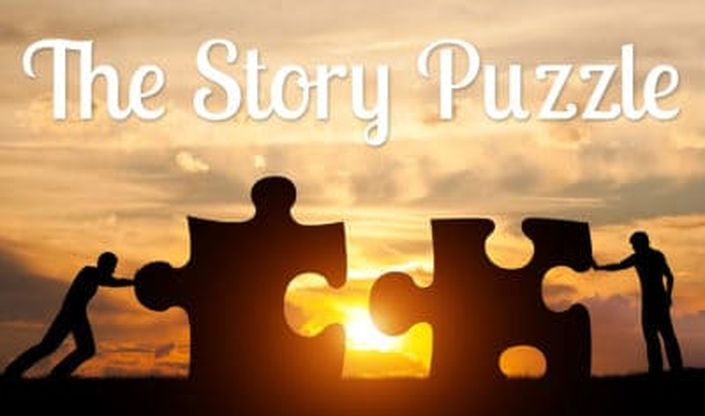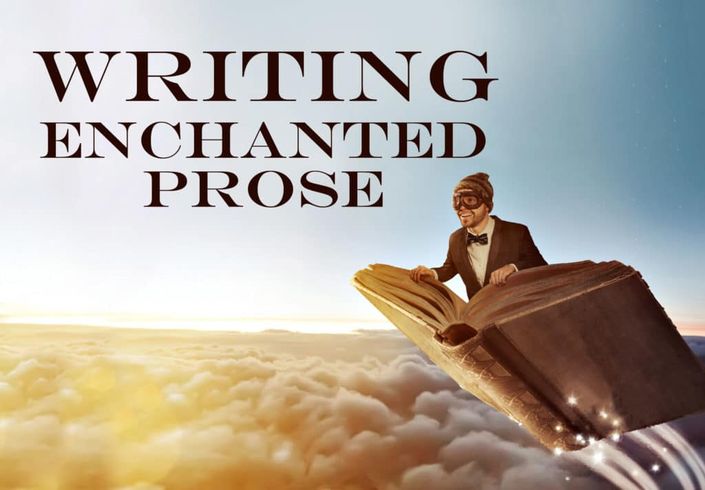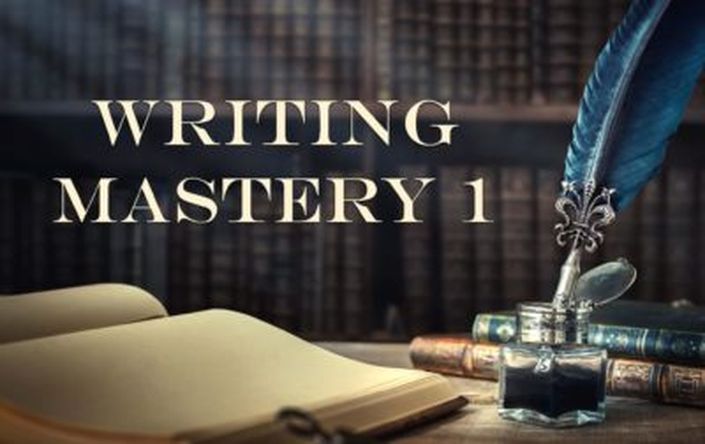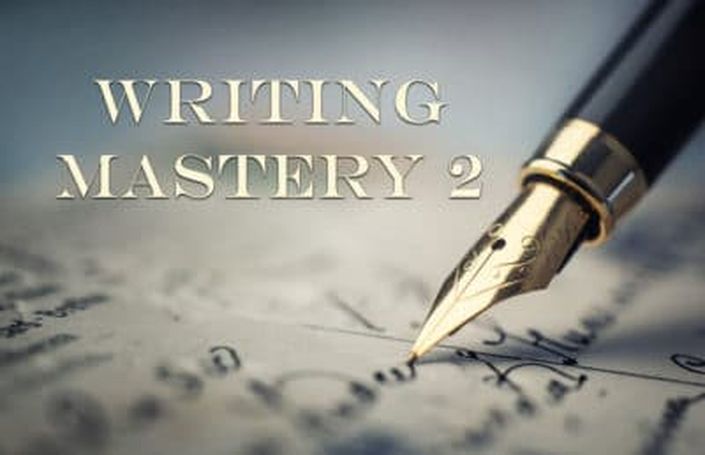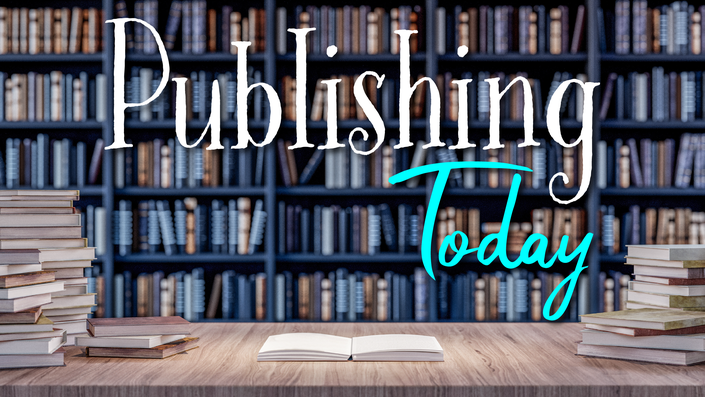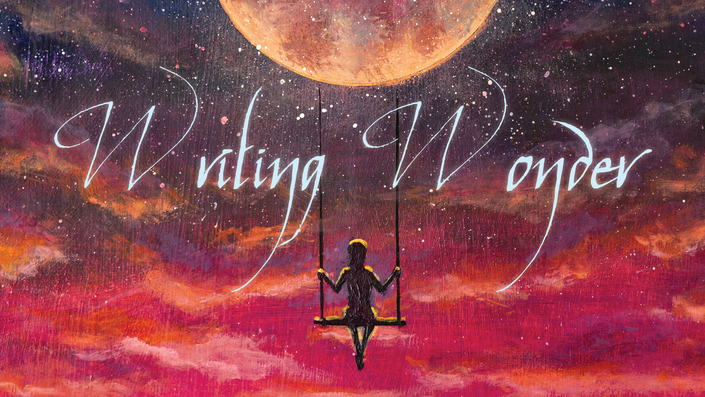
Creating a story is like putting a puzzle together, one with missing or misleading pieces. In this course, you’ll learn how to recognize what pieces of your story you have (such as characters, scenes, or conflicts), determine what pieces are still missing, and fashion the pieces you need. Dave will show you how to create imaginative settings that can give birth to incredible societies and characters, plus how to take those characters’ cores and generate enthralling conflicts for your plot. You’ll also learn how to brainstorm and outline a bestselling novel using several different systems for brainstorming, including the Mountain Peak Method, Snowflake Method, 321 Method, and more.
Lesson 1: Settings—Dave teaches the importance of transporting a reader into a fictional universe, as shown by the bestselling books and films in each genre. Learn how to pick fascinating settings, whether in a contemporary setting, historical, futuristic setting, or fantasy world. Then learn how to create your own worlds in fantasy and science fiction. You’ll create your overall setting for your novel, as well as “mini-settings” that you will visit in each scene in order to “grow” your world.
Lesson 2: Character—Learn how to populate your tale with well-drawn characters by exploring the roles that types of characters perform in stories. Once you decide on a cast, learn how create characters—from their physical bodies and dress, to their inner attributes, and on through their personal histories and inner dreams. You’ll also learn how to make characters likeable and interesting so that readers feel deeply for them.
Lesson 3: Conflict—The conflicts in your story are the engine that drives it. So we’ll discuss various types of conflicts, such as man vs. man, man vs. nature, man vs. society, etc. Learn about romantic conflicts, and the importance of identity conflicts. We’ll explore various types of setbacks and obstacles that your characters may face, identifying the value of all in storytelling.
Lesson 4: Plotting—Learn ways to create a plot, then to broaden or deepen your conflicts in increments so that your story builds emotional power. We’ll discuss how to build up to and create inciting incidents, and identify ways that stories can successfully reach powerful conclusions. We’ll also learn about various plotting tools in order to help beef-up any tale.
Lesson 5: Theme—This lesson teaches you how to recognize when a theme pops up spontaneously or how to handle themes that might be important to you. We’ll learn how various characters might argue different sides of a theme, or how their actions act as lessons, and we go over the importance of learning how to resolve themes organically so that you never get “preachy.”
Lesson 6: Treatment—Learn about “greenlighting” your novel to make sure it’s a proper fit for its intended audience. In this lesson we’ll discuss such things as how big your book should be, how old your protagonists should be, the importance of picking the right gender for a protagonist, making sure that you appeal to the proper emotions, and so on. It’s like mapping out your novel before you begin to write.
Each section includes exercises to strengthen the lessons you’ll learn, and with weekly conference calls with Dave you’ll have the opportunity to get real-time answers to the questions that might arise as you work through the course.
At the end of the workshop, you’ll create a synopsis for the book suitable for submission to a publisher or to a film company, and you’ll have a good start on your own working outline so that you can begin drafting the novel scene by scene.
